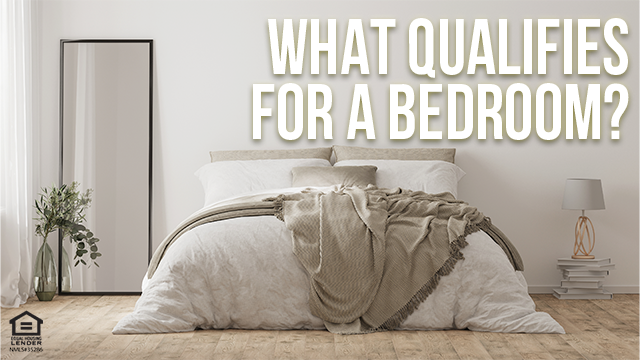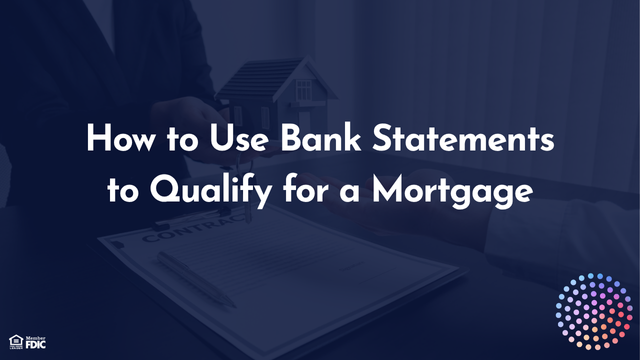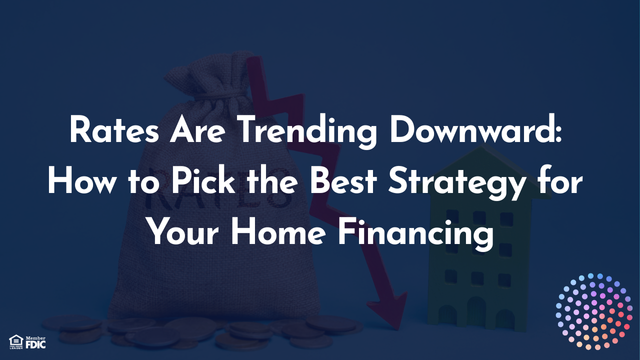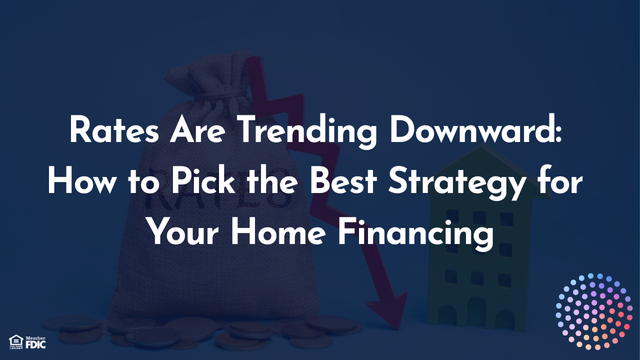What Qualifies for a Bedroom? 7 Things to Look for When Buying or Selling Your Home
marketingdept • June 17, 2025
What Qualifies for a Bedroom? 7 Things to Look for When Buying or Selling Your Home

Welcome to the world of real estate, where not everything is as it seems. Unfortunately, placing a bed in any space does not mean you can call it a bedroom, as there are a number of legal requirements that separate additional rooms from actual bedrooms.
It’s important for buyers and sellers alike to recognize these requirements so they can avoid any misunderstandings. State Certified Real Estate Appraiser Bonnie Nach of Sullivan Appraisal Services offers her input and clarity on the often confusing guidelines.
Although exact sizes vary from state to state, 70 to 80 square feet is the generally accepted minimum, with a measurement of at least seven feet in any horizontal direction. “As of April 2022, all appraisers are required to follow the American National Standards Institute (ANSI) guidelines for room measurements,” Bonnie says. “The guidelines state that bedrooms should be at least 90 square feet, with at least one bedroom in the house measuring 120 square feet or larger.”
Half of a bedroom’s ceiling must be at least seven feet tall. Technically, you can place a bed in a lofted area with a ceiling of less than seven feet if the rest of the space has a higher clearance. “In addition, ANSI states that no portion of the finished area can have a ceiling height of less than 5 feet,” Bonnie says.
There must be two ways out of a bedroom. Typically, bedrooms feature a door and a window. A bedroom must be accessible from one common point in the home, such as a hallway or living room. If a bedroom features a door that leads to the exterior of the home, it needs a second door that leads to an interior hallway or common room. If a bedroom does not contain a door that opens to outside of the home, it must contain a window that is at least 24 inches tall, 20 inches wide, with a minimum opening area of 5.7 square feet. The window must be no more than 44 inches from the room’s floor, unless there is a permanent structure that allows easy access to the window. The window must open at least halfway.
Known as “trapped’ rooms, rooms that are only accessible through other bedrooms cannot be considered bedrooms themselves. Bedrooms must be accessible from at least one common point in the house, such as a living room or hallway.
A bedroom must have a heating and cooling element. Bonnie says, “FNMA states that improvements should conform to the neighborhood, so what is considered acceptable in colder regions may not be necessary in warmer ones.” Space heaters typically do not qualify, but simply opening a window often satisfies as a way to cool the space.
According to the National Fire Alarm and Signaling Code, smoke alarms should be installed on every level of the home. Fire alarms should also be installed near and within each bedroom. However, the absence of a smoke alarm in a bedroom won’t necessarily disqualify it, especially if the room is in an older home.
“Properties with private septic systems will determine the bedroom count,” Bonnie says. “Although a property may have four rooms that are ‘acceptable’ as bedrooms, if it’s a three-bedroom septic, the fourth ‘bedroom’ must be a den and cannot be counted as a true bedroom.” Does a Bedroom Have to Have a Closet? Contrary to popular belief, most states agree that a room does not need a closet to be considered a proper bedroom.
It’s important for buyers and sellers alike to recognize these requirements so they can avoid any misunderstandings. State Certified Real Estate Appraiser Bonnie Nach of Sullivan Appraisal Services offers her input and clarity on the often confusing guidelines.
7 Bedroom Requirements to Look for When Buying or Selling Your Home
Listed below are seven requirements for bedrooms. It’s important to note that requirements can vary by state, so check with a trusted industry professional to confirm the exact specifications for your home.1. Minimum Bedroom Size
Although exact sizes vary from state to state, 70 to 80 square feet is the generally accepted minimum, with a measurement of at least seven feet in any horizontal direction. “As of April 2022, all appraisers are required to follow the American National Standards Institute (ANSI) guidelines for room measurements,” Bonnie says. “The guidelines state that bedrooms should be at least 90 square feet, with at least one bedroom in the house measuring 120 square feet or larger.”
2. Minimum Ceiling Height
Half of a bedroom’s ceiling must be at least seven feet tall. Technically, you can place a bed in a lofted area with a ceiling of less than seven feet if the rest of the space has a higher clearance. “In addition, ANSI states that no portion of the finished area can have a ceiling height of less than 5 feet,” Bonnie says.
3. Two Methods of Egress
There must be two ways out of a bedroom. Typically, bedrooms feature a door and a window. A bedroom must be accessible from one common point in the home, such as a hallway or living room. If a bedroom features a door that leads to the exterior of the home, it needs a second door that leads to an interior hallway or common room. If a bedroom does not contain a door that opens to outside of the home, it must contain a window that is at least 24 inches tall, 20 inches wide, with a minimum opening area of 5.7 square feet. The window must be no more than 44 inches from the room’s floor, unless there is a permanent structure that allows easy access to the window. The window must open at least halfway.
4. Doors and Accessibility
Known as “trapped’ rooms, rooms that are only accessible through other bedrooms cannot be considered bedrooms themselves. Bedrooms must be accessible from at least one common point in the house, such as a living room or hallway.
5. Heating and Cooling
A bedroom must have a heating and cooling element. Bonnie says, “FNMA states that improvements should conform to the neighborhood, so what is considered acceptable in colder regions may not be necessary in warmer ones.” Space heaters typically do not qualify, but simply opening a window often satisfies as a way to cool the space.
6. Fire Alarms
According to the National Fire Alarm and Signaling Code, smoke alarms should be installed on every level of the home. Fire alarms should also be installed near and within each bedroom. However, the absence of a smoke alarm in a bedroom won’t necessarily disqualify it, especially if the room is in an older home.
7. Septic Systems
“Properties with private septic systems will determine the bedroom count,” Bonnie says. “Although a property may have four rooms that are ‘acceptable’ as bedrooms, if it’s a three-bedroom septic, the fourth ‘bedroom’ must be a den and cannot be counted as a true bedroom.” Does a Bedroom Have to Have a Closet? Contrary to popular belief, most states agree that a room does not need a closet to be considered a proper bedroom.













